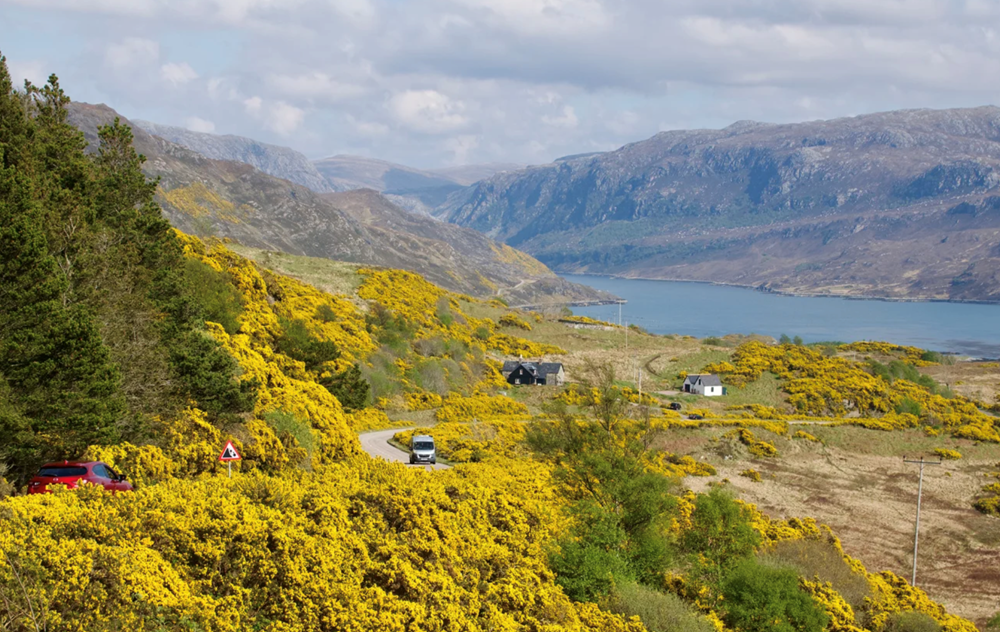
The route starts and finishes in Inverness, taking visitors through stunning landscapes including coastline, mountains, coastal fishing villages, historic sites and whisky distilleries.
The idea of turning motorways into "stages for epic road trips" is a tourism success story in Scotland.
Thanks to marketing and social media campaigns, the track has become an attractive, Instagram-friendly pilgrimage for tourists around the world .
The route has also attracted the attention of travel writers and the number of visitors has been increasing. People have also praised the route.
But now locals are starting to lose patience with the daily grind. RVs line the single-lane roads. Charcoal grills sizzling on the coastal meadows with disposable grills, and everywhere they turn into open-air toilets.
A decade after its launch, the NC500 is now considered a poster child for overtourism. Late last year, Fodor’s Travel added the NC500 to its “No List” of destinations by 2025, citing the threat to the natural environment and a “nuisance” to roadside communities.
The problem of tourist overload
Tourism can easily become a nuisance due to overcrowding. While the NC500 is a boon for seasonal businesses, it is “unrealistic” to expect tourism alone to solve major problems.
“Most of the locals who live here work offshore in the oil and gas industry, or work on fish farms. Hotels and B&Bs don’t really bring in any income,” said MacLeod, a local.
Long before anyone conceived of the NC500, the Assynt Mountains and Applecross peninsula were popular destinations for classic car clubs.
Before the roads Blessed with beautiful natural assets, the NC500 has also helped increase the number of tourists to the surrounding areas.
Exact data on the economic impact of the NC500 is difficult to pin down, but most analysts agree the route has helped increase visitor numbers in the wider Highlands region (up from 5.1 million in 2012 to 8.4 million in 2023, according to the local council).
VisitScotland, the national tourism agency, said the NC500 had certainly raised its international profile and attracted more visitors, while also benefiting the local economy.
"The global attention on this route has created a number of challenges. We know there needs to be a balance between the benefits tourism brings and ensuring people feel comfortable and ready to welcome visitors," a VisitScotland spokesperson said.
The agency's efforts have promoted tourism expansion, encouraged longer stays and filled infrastructure gaps caused by increased tourist numbers.
According to VisitScotland , since 2018, the agency has distributed £20 million, or about $27 million, through a Scottish government fund to develop rural tourism infrastructure, including many projects around the NC500, such as parking, public toilets and campervan facilities.
However, these efforts have not convinced many people if the problem of overtourism cannot be solved.
In the New York Times, travel experts at Fodor's said the impact of overtourism led by the NC500 is now so severe that it is "gradually changing the culture of the region."
According to CNN
Link to original articleSource: https://baovanhoa.vn/du-lich/duong-cao-toc-cua-scotland-da-tro-thanh-ac-mong-du-lich-qua-muc-158742.html


![[Photo] General Secretary To Lam and National Assembly Chairman Tran Thanh Man attend the 80th Anniversary of the Traditional Day of the Vietnamese Inspection Sector](https://vphoto.vietnam.vn/thumb/1200x675/vietnam/resource/IMAGE/2025/11/17/1763356362984_a2-bnd-7940-3561-jpg.webp)








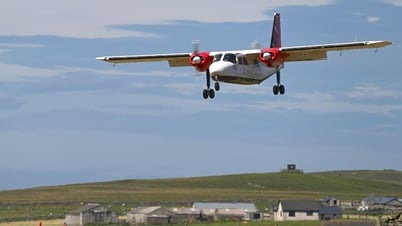



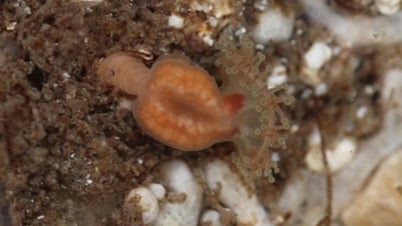



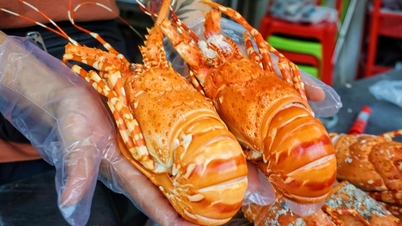


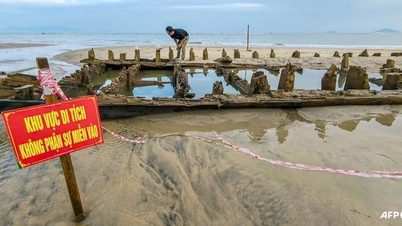






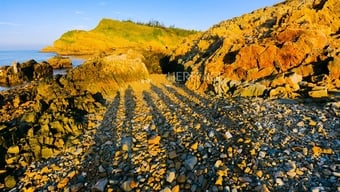











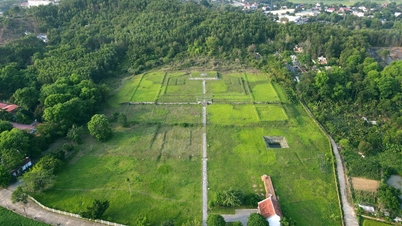







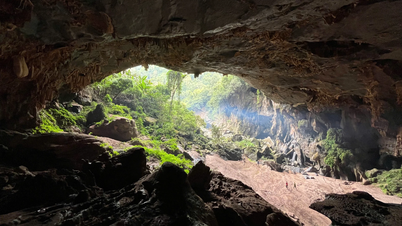


























































Comment (0)